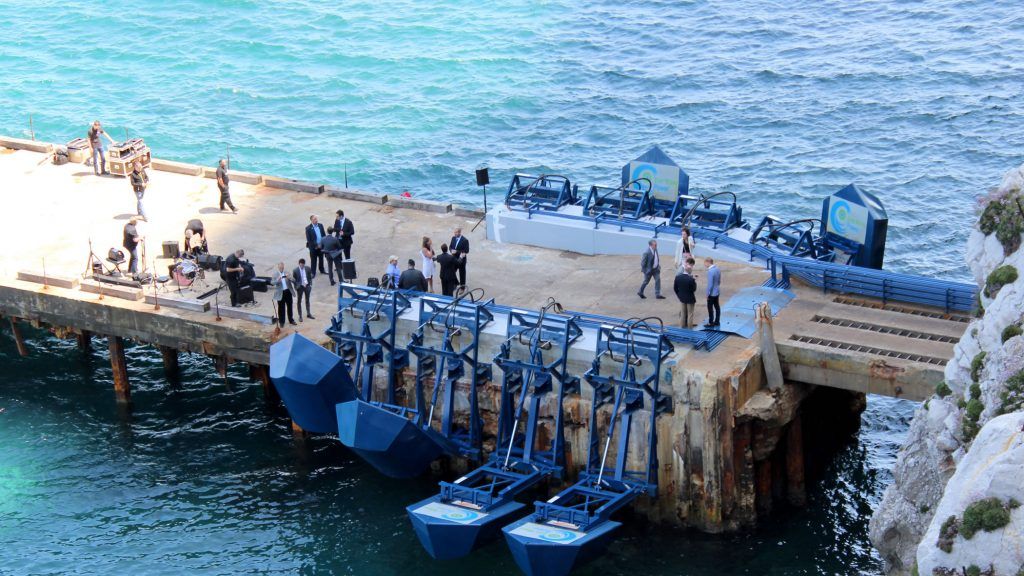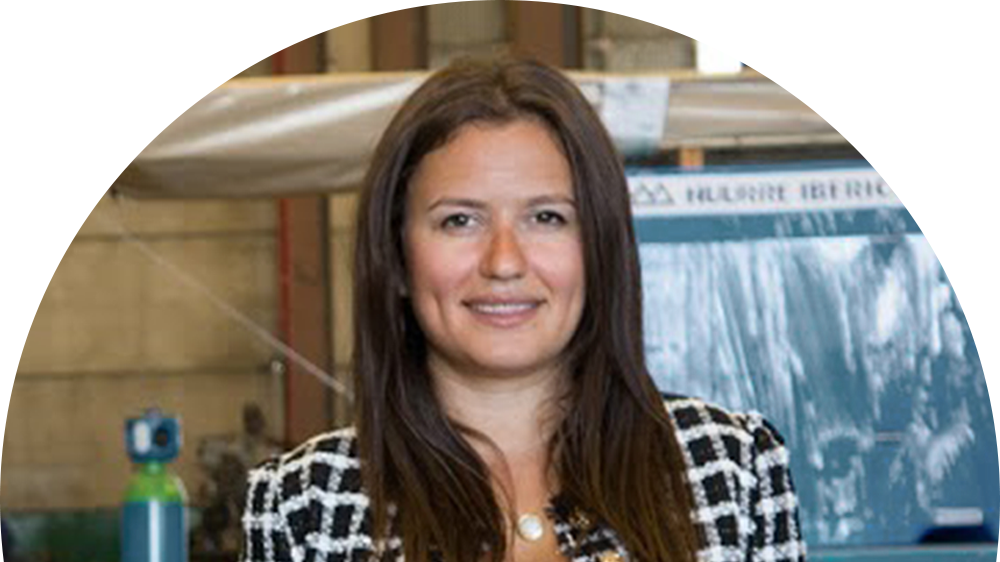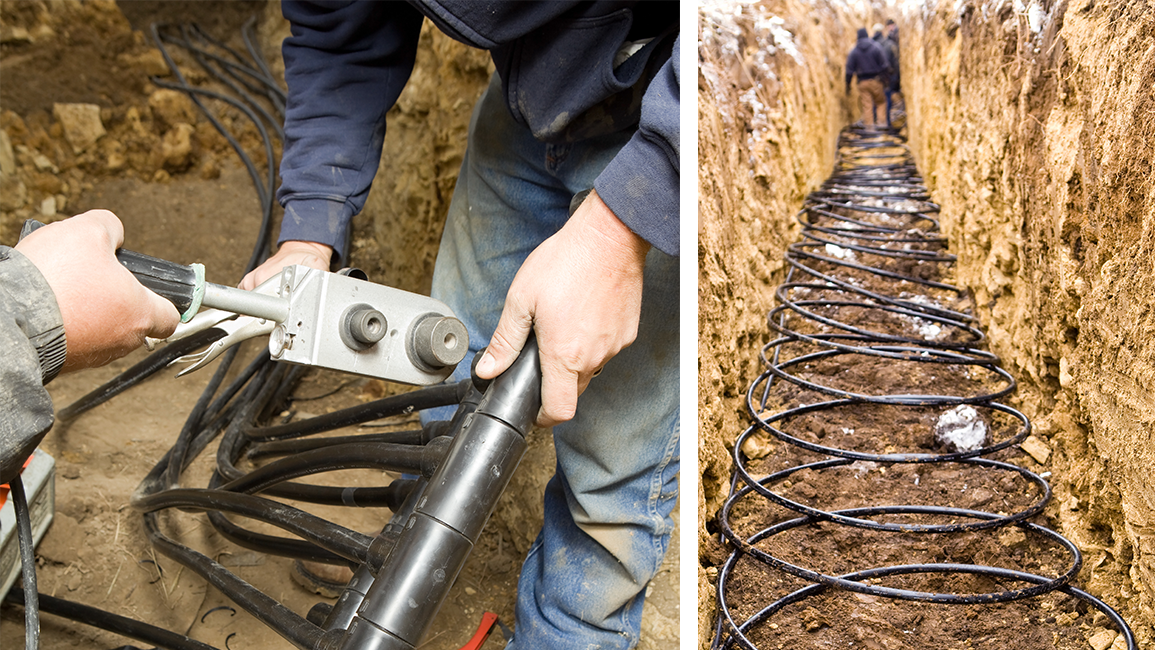The Women Behind Two Genius Green Energy Solutions
As the world seeks action on climate change, these women are at the forefront of integrating renewable energy into our daily lives.

Inna Braverman understands the consequences of polluting energy sources. Born in Ukraine in 1986, she stopped breathing and nearly died when the Chernobyl nuclear plant exploded two weeks after she was born. “I grew up with a feeling I got a second chance at life, so I should do something good with it,” says Braverman, 33.

Inna Braverman, cofounder of Eco Wave Power
She cofounded Eco Wave Power in 2011 to harness the power of the sea. The company tethers buoys to piers and coastlines that generate energy as they bob, feeding the electric grid. “Wave energy is the new kid on the block of renewables,” says Braverman. “The need for it is undeniable—it could be responsible for a huge amount of the world’s energy one day.”
The company went public in July, with plans to expand its 100-kilowatt test site in Israel to become the world’s first 20-megawatt wave farm—enough to power 20,000 homes—by the end of this year. A second test site, in Gibraltar, is on track to produce 15 percent of the territory’s electricity next year.
While Braverman is developing cleaner sources to supply the grid, New York-based Kathy Hannun wants to change the type of power used in our homes. “Climate change really feels like ‘the’ issue facing my generation and one of the most impactful things I could work on,” says Hannun, 32.
Climate change really feels like ‘the’ issue facing my generation.
The cofounder and CEO of Dandelion Energy, who formerly worked in X, Alphabet's moonshot factory (formerly known as Google X) where her idea was hatched, envisions replacing expensive and cumbersome natural gas and diesel—and the risks of poisoning or explosion that come with them—with safe, emissions-free energy harvested from the ground.
Geothermal power draws heat from below the frost line—where the temperature is a constant 55 degrees—by pumping a water-based liquid solution through pipes where it is transformed into vapor to heat the home. (In summer, the process can be reversed to transfer heat to the ground, cooling the home.)
It’s not new technology but geothermal has never before been designed nor made affordable for the average homeowner. It costs between $10,000 and $40,000 to replace a diesel or gas system with geothermal (homeowners can opt to pay in $135 monthly installments for 20 years), and in the long run, the technology can save a homeowner an average of $2,250 a year in heating and cooling costs.
Get exclusive access to fashion and beauty trends, hot-off-the-press celebrity news, and more.

'Geothermal power draws heat from below the frost line.
The system lasts for at least 20 years and the most expensive components come with a 50-year warranty. “A lot of homeowners don’t realize there’s another option,” Hannun says. “As we’ve gotten the word out, we’ve seen tremendous interest—we’re growing as fast as we can and still can’t quite keep up.” So go ahead and crank up the heat—with cleaner energy sources like these, powering and warming your home is guilt-free.
For more stories like this, including celebrity news, beauty and fashion advice, savvy political commentary, and fascinating features, sign up for the Marie Claire newsletter.
RELATED STORY

The Architect Behind Alexandria Ocasio-Cortez's Green New Deal Has a Plan to Save the Planet—and All of Us